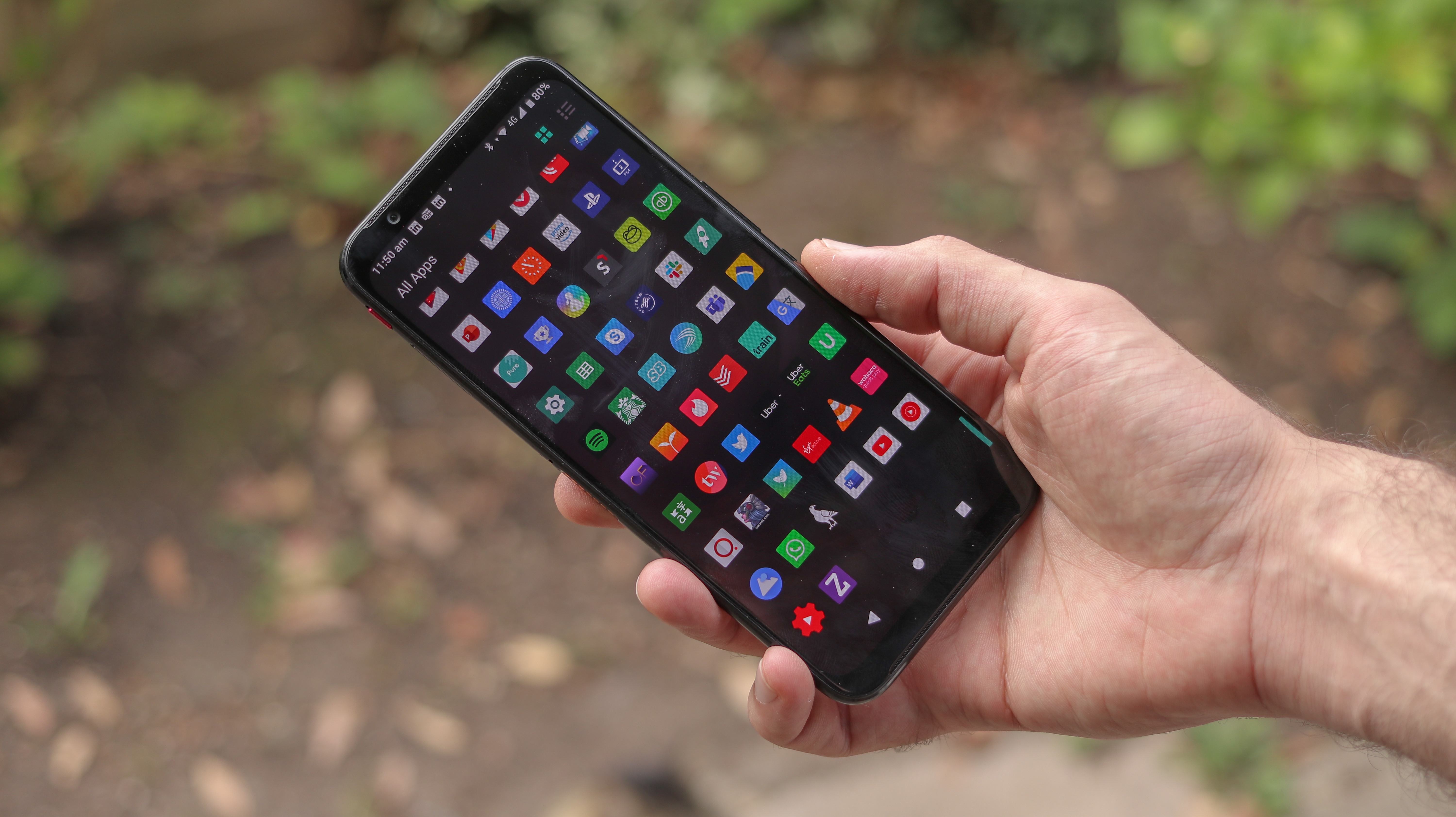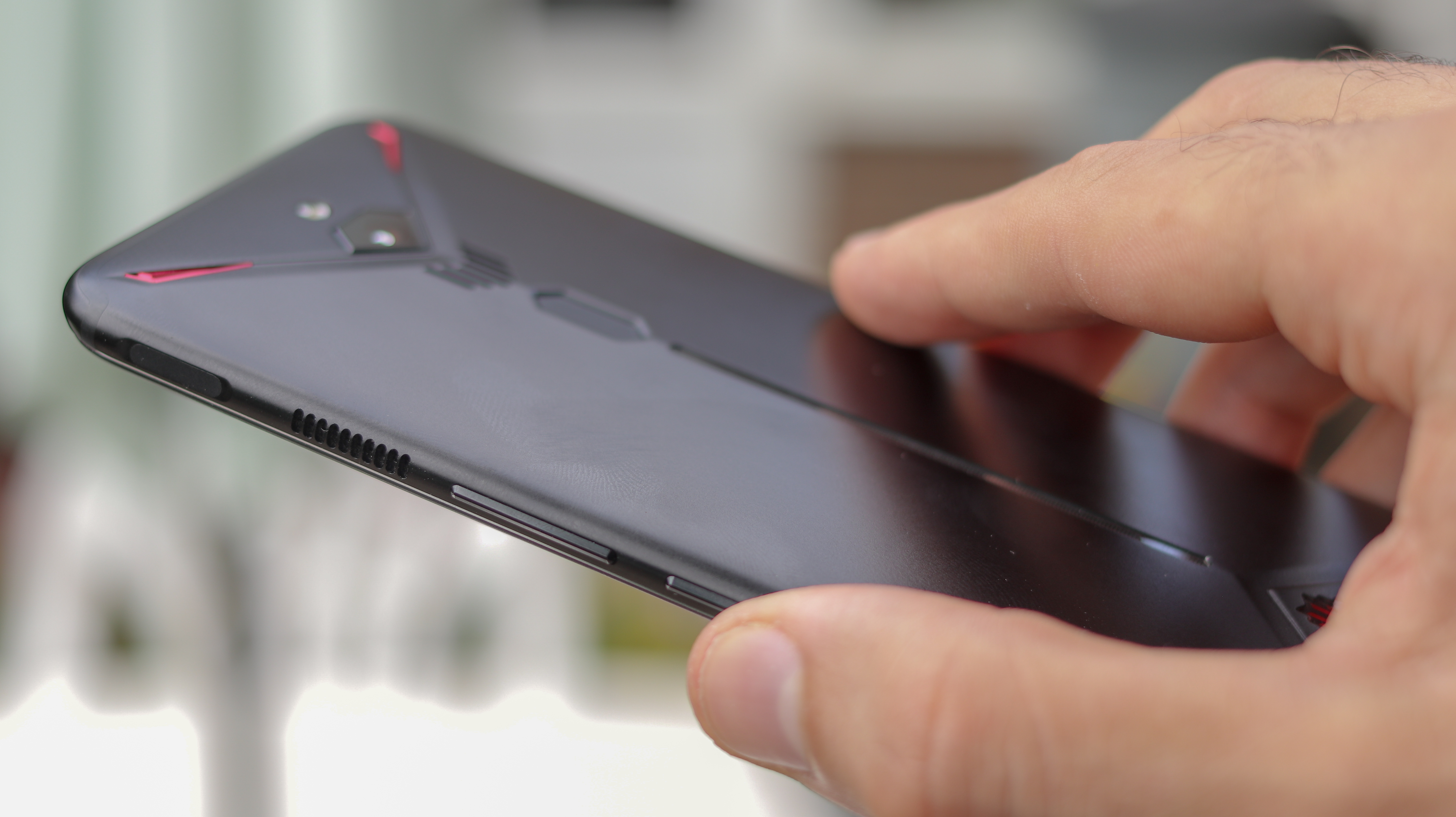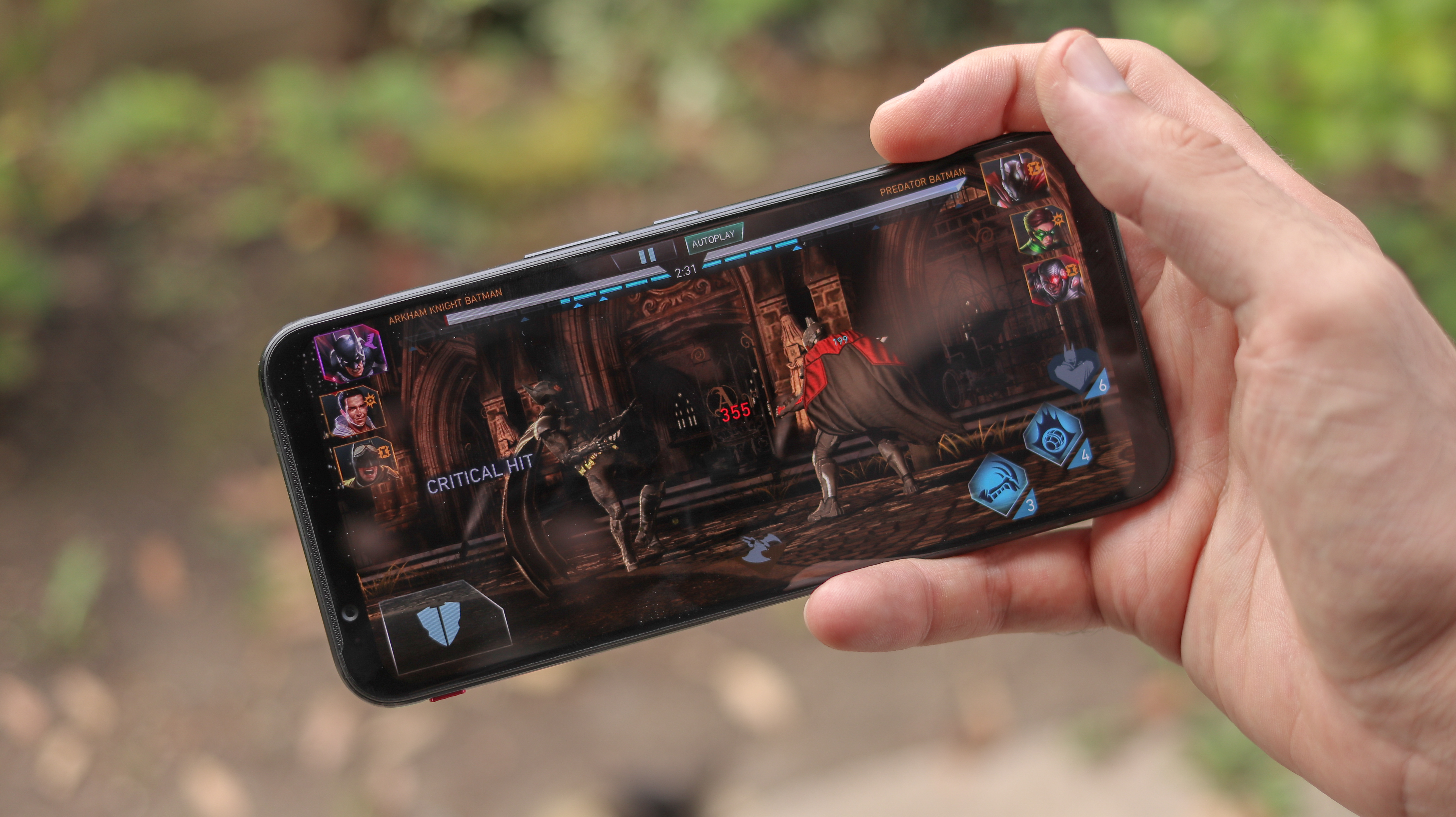TechRadar Verdict
The Nubia Red Magic 3 is affordable, despite the fact it packs incredibly powerful internals and mind-bogglingly good battery life, but it’s also very rough around the edges. The phone’s AMOLED screen isn’t particularly sharp or color accurate, there are translation issues aplenty within the UI, and third-party app support isn’t as reliable as it would be with more mainstream smartphones. Still, if you want to game, you want a big screen, great speakers, and stacks of power, your money won’t stretch further elsewhere.
Pros
- +
Great battery life
- +
Powerful stereo speakers
- +
Flagship gaming performance
Cons
- -
Translation issues within UI
- -
Mediocre display
- -
Poor camera experience
Why you can trust TechRadar
Gaming phones are not going anywhere. The Asus ROG Phone 2, Black Shark 2, and Razer Phone 2 have all landed, fine-tuning a formula tailored to give Android gamers a combined hardware and software experience designed for gaming.
ZTE’s sub-brand, Nubia, has released a few of its Red branded gaming phones in the UK, though none achieved the notoriety the aforementioned Asus, Black Shark, and Razer competition did. Will the Red Magic 3 turn more heads?
It has got the biggest screen on the gaming block at 6.65 inches, and the display’s refresh rate is 90Hz - the same as that of the OnePlus 7 Pro. Under the hood, there’s also up to 12GB of RAM, and a giant 5,000mAh battery too.
Combine that with a Snapdragon 855 chipset and touch-sensitive left and right triggers, and the sub-$500/£450 starting price at first glance seems too good to be true.
Nubia Red Magic 3 price and availability
- Starts at $479, £419, AU$565
- Available now
- Ships globally
The Nubia Red Magic 3 can be picked up officially from the Red Magic website for $479 (£419, AU$565) for the 128GB version with 8GB of RAM. If you’re looking to pick up the 256GB version with 12GB of RAM, that costs $599 (£529, AU$940).
The phone ships globally, though check your specific region for availability, as there is limited stock of various configurations in certain regions.
The Red Magic 3 has actually seen a replacement... Sort of. The Red Magic 3S, released several months after the base device, has exactly the same specs, except comes packed with a Snapdragon 855 Plus chipset. This chipset is designed to be great for gaming, and battery life maintenance as well.
Sign up for breaking news, reviews, opinion, top tech deals, and more.
The Red Magic 3S even costs the same as the Red Magic 3, at least on Nubia's website, although the older device may be more affordable now elsewhere. So if you're looking to buy a new gaming smartphone, the Red Magic 3S is probably a better deal, because of this one tiny tweak. You can pick it up from the Red Magic website.

Design and display
- Big but disappointing screen
- In-built cooling fan
- Big, heavy metal body
If you’re after the biggest screen you can get your mitts on to showcase your games in the most immersive way possible, you’ll be hard-pressed to do better, or at least bigger, than the Red Magic 3.
The phone’s 6.65-inch display is monstrous, and when you factor in its beefy metal body and the phone’s aggressive styling, it’s an attention grabber too. Available in black with red accents, red, or camo, and with an illuminated LED strip down the back, subtle is not the name of the game for this gaming phone, but that’s hardly surprising.
The Red Magic 3 isn’t just big for the sake of it; there’s a lot going on when you take a tour of the phone’s body. On the right are air vents, because the phone’s got a fan (yes, a fan) built-in. That’s in addition to touch-sensitive left and right triggers which can be mapped to specific games, and there are volume and power buttons too.

Front-firing speakers bookend the Red Magic 3’s Gorilla Glass screen, which has a screen-to-body ratio of 80.5%. Meanwhile, on the phone’s left there's a pogo pin connector so you can combine it with accessories, and there’s a slider too, which transports gamers into a gaming space when toggled - more on that later.
As for the back of the phone, it proudly shows off beefy bevels, red accents, a Red Magic logo, an RGB strip, and one humble camera, as well as its rear fingerprint scanner.
Those last two points are two ways it doesn’t quite compete with other flagships like the OnePlus 7 Pro and even the Black Shark 2, which have multi-camera setups at the back and under-display scanners.

Still, the Red Magic 3 doesn’t feel cheap, even if it isn’t the epitome of tasteful luxury.
As for the phone’s screen, at 1080 x 2340 resolution with a 19.5:9 aspect ratio, clarity falls behind most other flagships, given its pixel density of 388ppi (pixels-per-inch). On the plus side, it sports AMOLED technology, which should be great right? Right, ish.

On the one hand, the screen delivers punch and saturation out of the box, so everything from the UI right through to games pack maximum impact. That’s okay for gaming, but for everything else, it’s a bit much. No problem - the display settings offer up some color adjustments! Only, the Natural Color profile, by contrast, looks flat and listless.
Ultimately, we concluded that while this is indeed a relatively affordable gaming phone with a 90Hz AMOLED display (woohoo!), it doesn’t feature an excellent AMOLED display.
Blacks are still deep and inky, colors are still vibrant and popping; it even has respectable viewing angles and brightness. It just doesn’t have the kind of color calibration and quality that phones like the Samsung Galaxy S10, Huawei P30 Pro and even gaming phones like the Asus ROG Phone deliver.

Basil Kronfli is the Head of content at Make Honey and freelance technology journalist. He is an experienced writer and producer and is skilled in video production, and runs the technology YouTube channel TechEdit.
